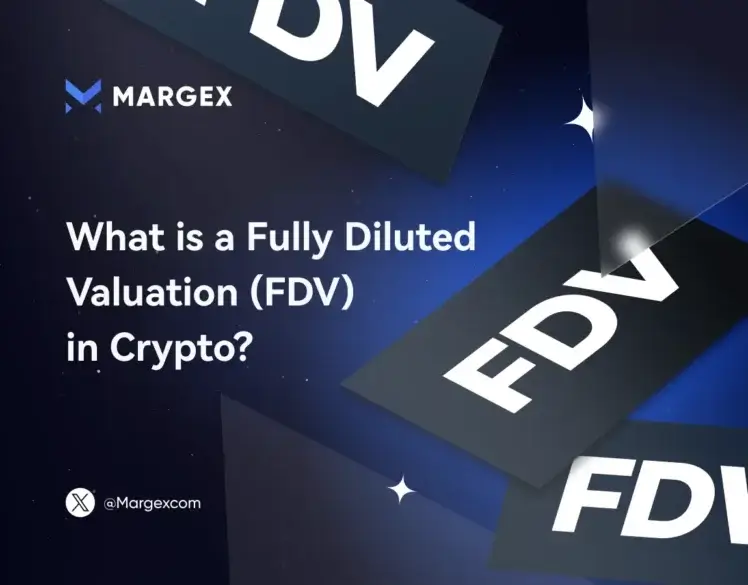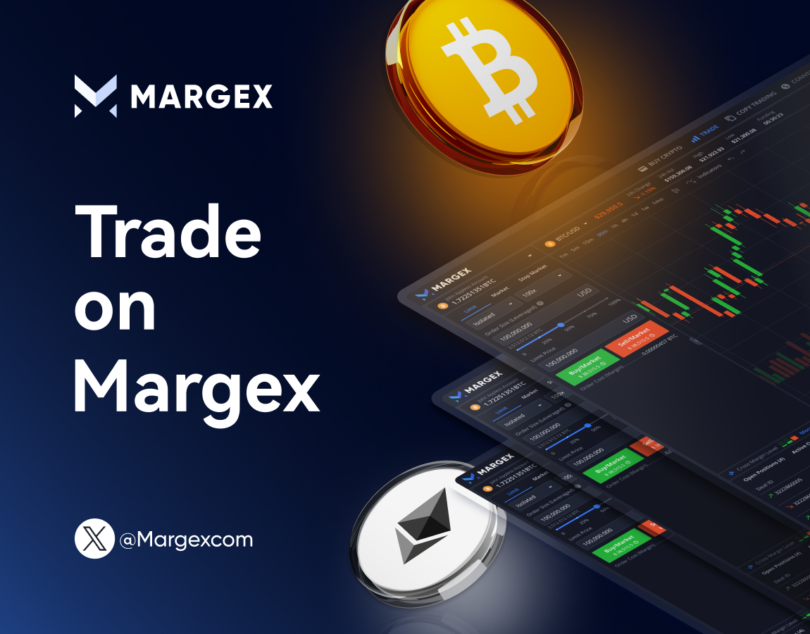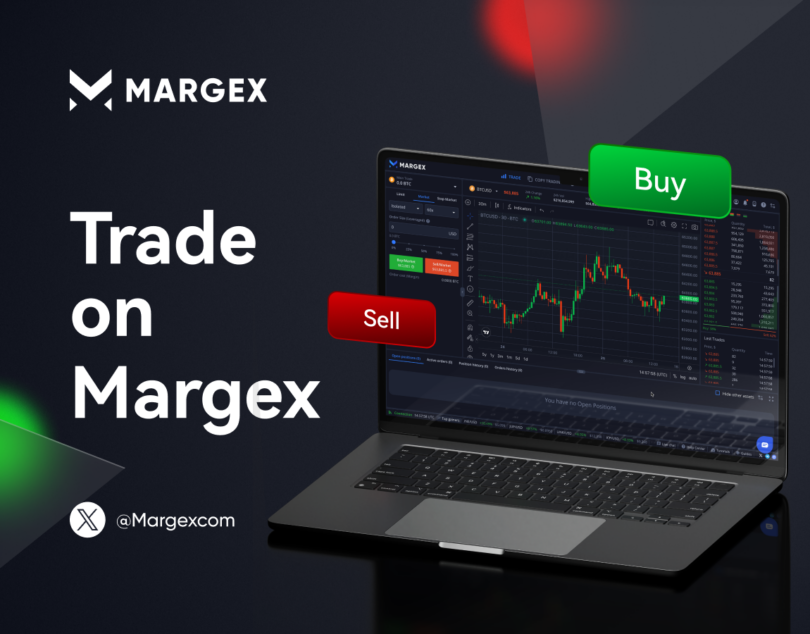What is a Fully Diluted Valuation (FDV) in Crypto?

What is FDV in Crypto? Fully Diluted Valuation (FDV) provides a kind of a wider lens to a cryptocurrency’s market cap than what its circulating supply valuation indicates. This article investigates in detail what FDV stands for, how it is quantified, and why investors should care about it, be it an individuals or an institution.
What is Fully Diluted Valuation (FDV)?
A Full Diluted Valuation (FDV) is a way to calculate a cryptocurrency’s market cap by assuming that all the tokens (or coins) that may be out there are already present. A characteristic of an FDV metric that distinguishes it from traditional market capitalization is calculating FDV by summing the circulating supply and accounting for the total supply by burning tokens reserved for founders, developers, and future funding rounds.
FDV is computed with the following basic formula:
FDV = (Total Token Supply) x (Current Market Price)
Calculating this will enable investors to imagine the “theoretical” value of a project where all tokens are traded in the market. This is to emphasize the risk of dilution that may arise for projects that intend to distribute large quantities of tokens over time, particularly when considering the total market value.
Key Points on FDV:
- FDV deals with the future token release and whether or not it may dilute current holdings.
- Future Proofing: It models a situation where every token is out in the open irrespective of its vesting schedule.
- Investor Caution: A high FDV compared to the current market cap is a sign of caution because it may result in a drastic decrease of value per token when additional tokens are introduced if the demand does not grow as fast as the supply.
The Relevance of FDV in Crypto Investment
As the cryptocurrency landscape evolves, FDV may undicate an important metric for several reasons:
FDV emerged as a crucial metric in cryptocurrency because of its critical position for three major reasons:
1. Understanding the Tokenomics
Tokenomics, the economic model behind a token, plays a pivotal role in the long-term success of a crypto project, especially when evaluating its price per token. Market cap tokenomics finds its basis in FDV because it shows the complete possible reduction of token value. The implementation of staggering token distribution plans through vesting schedule controls how much cryptocurrency currently exists even though the project maintains a larger total supply potential. FDV serves investors by showing how newly generated tokens would potentially impact their investment value because of their complete knowledge about FDV.
The FDV mean calculation of $500 million against a market capitalization of $100 million reveals to investors that a full supply release will likely drag down trading value unless fresh demand emerges to counteract it.
2. Risk Assessment and Future Valuation
FDV presents investors with a hypothetical outlook of their investments. Analysts who run risk assessments using the fully diluted scenario gain several advantages through their analysis.
Potential token releases need evaluation to determine how they affect current market prices and whether they may lead to a higher than the current market cap scenario.
Value Prediction for Growth: Examine FDV data against anticipated future earnings together with market adoption targets as well as project achievement criteria.
Comparing FDV to traditional establishments and crypto assets lets investors connect market evaluation expectations, particularly in terms of high market cap versus low FDV scenarios.
3. Transparency and Project Credibility
Projects delivering transparent FDV information using structured vesting plans and release procedures tend to establish higher transparency levels. The provision of token supply forecasting to investors minimizes surprise effects when token supply variations occur. The industry needs this important clarity since it sometimes maintains unclear information about token distribution.
How is FDV Calculated? A Closer Look
Crypto projects often present intricate challenges when it comes to computing the “total token supply” despite using a basic mathematical formula to calculate FDV. The total supply generally includes:
Circulating Supply: The currently available tokens that traders can access represent the circulating supply, which is crucial for determining the price per token.
Locked/Vested Tokens: The equity amount of team members vests according to specific timeframes after receipt of Locked/Vested Tokens.
Future Issuances: Understanding the implications of future token issuances is crucial for assessing potential impacts on FDV and current market capitalization. Future funding distributions make up part of the total token supply when these specific rewards or staking units or potential fundraising tokens have not been released at present.
Detailed Calculation Example
Imagine a hypothetical project, CryptoX, which has the following token distribution:
- Circulating Supply: 20 million tokens
- Locked/Vested Tokens: 30 million tokens
- Reserved for Future Rewards/Partnerships: 50 million tokens
Thus, the total token supply would be 20 + 30 + 50 = 100 million tokens. If the current market price of one CryptoX token is $2, the FDV would be calculated based on the price by the total supply to assess its potential market impact.
FDV = 100,000,000 tokens x $2 = $200,000,000
In this scenario, while the market cap based solely on circulating supply is $40 million (20,000,000 x $2), the FDV raises important considerations about how future distributions might affect token value.
Variations and Adjustments
Not all tokens are equal in their design. Some projects may have tokens that are burned over time, reducing the overall supply, or mechanisms such as token buy-backs, which might affect the dilution calculation and the current market capitalization. Thus, while FDV is helpful, it must be interpreted within the specific context of the project’s mechanics.
Advantages and Limitations of FDV in Crypto Valuations
However, as all financial metrics do, FDV definitely has its pluses as well as its minuses. It is of vital importance to understand both FDV and market value in order to have a balanced perspective. investment analysis.
Advantages
FDV presents a forward-looking perspective of not what a token’s market cap is today, but rather what it could be in the future.
Side By Side Comparison: Comparison tool to have similar tokenomics structures to compare side by side.
Dilution Risk Transparency: Investors are to get a better look at the ‘full picture’ of token issuance, lowering dilution risks and allowing for a clearer understanding of the fully diluted market cap.
Limitations
Assumptions: The basis for FDV is that future tokens may be issued and sold for or near the current price. However, this assumes a stable market cap and doesn’t account for potential volatility. In reality, new tokens can be sold to early participants at a discounted rate or may be delayed in issuance, which can significantly impact the token’s current market capitalization over time. This is why comparing FDV to the current market cap can sometimes create a misleading picture of a project’s valuation.
Integrating FDV with Other Metrics
FDV needs to be used in conjunction with other metrics for a complete analysis. FDV can also be compared to the current market cap, which can provide insights into whether the token is under- or overvalued, especially when considering the effects of future dilution. Comparing FDV with market cap helps highlight the gap between present value and projected valuation. Additionally, revenue models, adoption rate, and technical milestones when analyzed alongside FDV and market cap offer a more holistic view of a project’s health and future potential.
The Role of FDV in Project Valuation and Investment Strategy
Evaluating Investment Opportunities
FDV is used by investors as an extra tool to test whether a project is worth investment, especially when it comes to the cryptocurrency space due to token releases that can significantly alter valuations.
Bullish scenario: It’s possible for there to be a high FDV if investors believe that the project’s base value will surpass the increased supply to cover it.
The Bearish Scenario: The opposite of this is if the FDV is too large compared to the current performance and the demand that we think might exist, it could indicate that the tokens could lose value in the future due to dilution.
Strategic Tokenomics and FDV
Specifically, many projects are engineered to suffer very little dilution.
Implementing long vesting period: This helps to curb the immediate effect of token dilution due to gradual Token Release.
Regular token burns can serve as a means to burn down total supply, keeping FDV in check with the current market cap.
Projects involving staking Utility incentives frequently make sure they do not destroy value and instead promote network participation by increasing the token supply, which can lead to a higher than market cap valuation.
This is critical for investors to pay attention to these mechanisms. High FDV on paper can be shown to be resilient to the dilution risk in a project that proposes a robust plan for the management of token supply.
Case Studies
Layer 1 Blockchains: Token Distribution Models these usually are quite transparent for Layer 1 Blockchains like Ethereum, Solana, Cardano etc. Yet FDV has a place in understanding future network moves, for instance, staking rewards or inflationary readjustments.
DeFi Tokens: Many DeFi projects have complex token release schedules. Suppose a DeFi protocol has a low circulating supply because of locked tokens for liquidity mining, its FDV shows the token distribution that would be reached if all tokens were released. This discrepancy helps investors imagine future outcomes and assess the potential market value of a cryptocurrency.
NFT and Metaverse Token: Yes, many NFT-related tokens have utility beyond financialities and FDV of such tokens are great indicators of the market cap that can be reached once all ecosystem tokens become active. It is at this point that exigency becomes important due to the interplay of utility, scarcity, and FDV.
Although FDV alone is not a complete picture of the value of a project, the combination with other financial and technical analysis tools is valuable, particularly in assessing the total market dynamics. From a discussion that is going given in crypto investment circles and reputable analytics platforms, we have learned a lot as a lesson from the last year, that is, transparent tokenomics — creating FDV not only as a number but the representation of a project’s credibility and planning.
The Practical Implications of FDV for Crypto Traders and Investors
Trading Strategies Influenced by FDV
FDV may be used by traders to help inform both short term price movements and longer term investment strategy. FDV values above a certain threshold may imply high sell pressure when large token unlock events are triggered. As such, savvy traders:
Keep an eye on Unlock Vesting Schedules: This is a quick way to get a heads up about price volatility around unlocks.
Widening Gap Between Current Market Cap and FDV: A wider gap between the FDV and the current market cap can signify that market participants will eventually need to adjust their valuation expectations if more tokens amount to enter the market.
Our Goal With FDV Analysis: Investing traders can use FDV analysis to make the decision to lock in profits or spread out into projects with more stable tokenomics based on the risk management framework.
Institutional Perspective
FDV is used by institutional investors because they usually demand a more in depth look at any asset’s fundamentals during the evaluation process. As more and more regulatory bodies in different jurisdictions are checking crypto projects for transparency and sustainability, understanding FDV gives another level of due diligence. Institutions often favor projects with low market cap and strong fundamentals, as these can indicate potential for growth.
- Clear, predictable token release schedules.
- Detailed disclosures on how additional tokens will be allocated.
- Mechanisms in place to counteract dilution, such as token burns or buy-back programs.
This transparency and rigorous planning can be instrumental in mitigating risks associated with large-scale investments.
The Future of FDV as a Valuation Metric
With the cryptocurrency market growing up, so are the tools and metrics that users will use to evaluate project. Such innovations in tokenomics and fully diluted market cap (FDV) are reshaping the landscape of cryptocurrency. decentralized finance are changing and evolving FDV as well. FDV usage is likely to be influenced by few emerging trends.
Enhanced Analytical Tools
The calculation of FDV still remains a challenge for all the analytical platforms and we are seeing that they are still working to refine their methods for that by incorporating real time data coming from blockchains, on chain analytics, and advanced modelling techniques. These tools allow investors to overcome factors such as token burns, different vesting periods, and periodic supply reduction.
Integration with DeFi and Automated Trading Strategies
With the rise of algorithmic trading, FDV is being added into trading bots and automated strategies to enhance decision-making by multiplying the current price. They operate as systems that monitor important parameters like FDV and preempt potential events that can cause liquidity to apply changes to positions accordingly, ensuring a more stable market value.
Regulatory Transparency and Industry Best Practices
A trend is emerging where projects will have to become more transparent with their token release plans and will prominently show FDV figures, ensuring that investors understand the fully diluted market cap. At least this trend will lead to standardized reporting methods that allow for fair comparison of projects by investors.
Educational Initiatives
FDV is being taught more by tokenomics to more market participants. With better understanding of this metric, the behaviors of market may become more stable as investors implement their strategy based on other data points other than just the short term price movements.
And these are signs that FDV is not a static number, but rather a developing indicator of the health and capacity for growth within a project, especially when compared to the stock market. By enhancing transparency and analytical methods, the trend will allow FDV to become even more useful as an investor or market analyst decision making tool.




